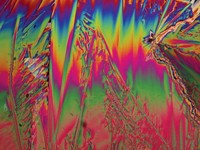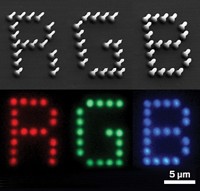Advertisement
Grab your lab coat. Let's get started
Welcome!
Welcome!
Create an account below to get 6 C&EN articles per month, receive newsletters and more - all free.
It seems this is your first time logging in online. Please enter the following information to continue.
As an ACS member you automatically get access to this site. All we need is few more details to create your reading experience.
Not you? Sign in with a different account.
Not you? Sign in with a different account.
ERROR 1
ERROR 1
ERROR 2
ERROR 2
ERROR 2
ERROR 2
ERROR 2
Password and Confirm password must match.
If you have an ACS member number, please enter it here so we can link this account to your membership. (optional)
ERROR 2
ACS values your privacy. By submitting your information, you are gaining access to C&EN and subscribing to our weekly newsletter. We use the information you provide to make your reading experience better, and we will never sell your data to third party members.
Electronic Materials
Chemistry In Pictures
Chemistry in Pictures: Transduction junction, what’s your function?
by Brianna Barbu
April 28, 2023

Quantum technology has seen big leaps in recent years and seems set to revolutionize computing and communications. University of Chicago physics grad student Rhys Povey is among the scientists working to develop quantum transduction technology, a strategy to enable longer-range communications than is possible with superconducting qubits, which require cryogenic temperatures. Quantum transduction transforms microwave-scale electronic signals into infrared signals that can travel through fiber optic cables—and, crucially, it keeps quantum properties intact.
This scanning electron microscope image, which Povey submitted to the University of Chicago’s 2023 Science as Art competition, shows a microsized resonator he made to achieve that transformation. It’s about 10 µm across, made from gallium arsenide, and studded with tiny holes only a few hundred nm in size. The holes are arranged to trap vibrations from a piezoelectric interface and couple them to infrared light. Povey makes the resonators in sets of 50–100, all nestled on a 1 cm square chip. He says it takes about two days to make one chip-full of resonators.
Credit: Rhys Povey
Do science. Take pictures. Win money. Enter our photo contest here.




Join the conversation
Contact the reporter
Submit a Letter to the Editor for publication
Engage with us on Twitter